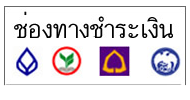“Yellow Sapphire” The Gemstone of Friendship
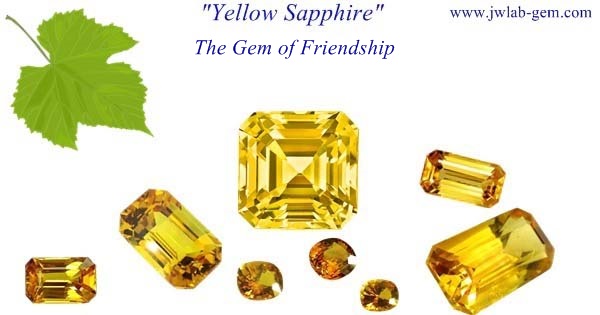
“Yellow Sapphire” The Gemstone of Friendship
“Yellow” is in the range or at the threshold between the cool and the warm color tones. Hence, yellow can be blended with both cool and warm color tones. In green (the cool tone), yellow is a component: yellow and cool blue make up the green tone. Accordingly, orange (the warm color) is made up with yellow and hot red. This similarity can be used as a metaphor to certain individuals who are friendly, open-minded, compromising and are able to accept the differences in others. That can be compared to “friendship” which makes people overlook the difference of status, race, language and the way of life of other people. This generosity and understanding in friendship, help to ward off or eliminate conflict. I hitherto wondered why the westerner considered yellow as the color of friendship and now I am convinced and truly vouch that the “yellow sapphire” is also the “gem of friendship”.
Amid the multitude of existing gemstones, the corundum family exhibits apparently every color of the rainbow. The corundum species is the only gemstone that can complete and match all the hues, shade and tones of the whole cycle of the color wheel. As for the basic colors or, in other words, the primary colors (blue, red and yellow), the corundum gems provide us with the best quality of primary colors - The most vivid and most saturated hue ever seen are the royal blue (blue sapphire), the pigeon blood red (ruby) and the canary yellow (yellow sapphire).
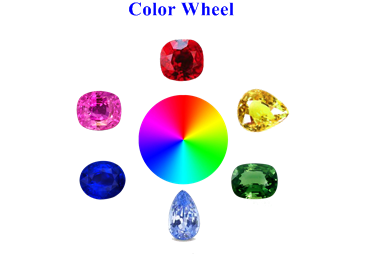 The yellow sapphire is very prominent of the corundum range like ruby and other sapphires of which the hardness is 9 on the Mohs scale (the second hardest mineral next to diamond). The yellow hue of sapphire derives from the iron atom (Fe) in the corundum crystal structure (Al2o3). Yellow sapphire is normally found with other varieties of sapphire in the mines. The quantity found in each country may differ from one another, of which the gem properties are also different and unique according to their source of origin. African yellow sapphires possess a sweet pastel hue. The yellow sapphires from Sri Lanka are mostly pale and can be enhanced by irradiation which results in a beautiful orangey yellow hue; but this change of color is not permanent, as the color will fade away when exposed to strong light for a prolonged period of time. The yellow sapphires from Australia are greenish yellow and the hardness is rather inferior to the sapphires from other sources. Thai yellow sapphires are found in Chantaburi, the eastern province, especially from the well-known district of Bang Kacha.
The yellow sapphire is very prominent of the corundum range like ruby and other sapphires of which the hardness is 9 on the Mohs scale (the second hardest mineral next to diamond). The yellow hue of sapphire derives from the iron atom (Fe) in the corundum crystal structure (Al2o3). Yellow sapphire is normally found with other varieties of sapphire in the mines. The quantity found in each country may differ from one another, of which the gem properties are also different and unique according to their source of origin. African yellow sapphires possess a sweet pastel hue. The yellow sapphires from Sri Lanka are mostly pale and can be enhanced by irradiation which results in a beautiful orangey yellow hue; but this change of color is not permanent, as the color will fade away when exposed to strong light for a prolonged period of time. The yellow sapphires from Australia are greenish yellow and the hardness is rather inferior to the sapphires from other sources. Thai yellow sapphires are found in Chantaburi, the eastern province, especially from the well-known district of Bang Kacha.
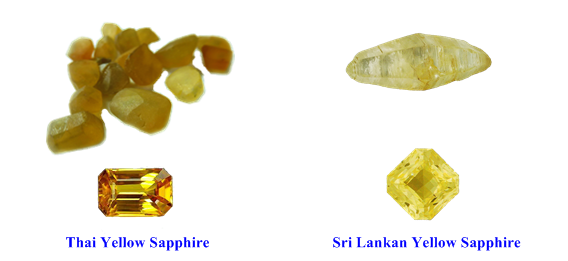
In Thailand, the yellow sapphires possess a prominent saturated yellow hue and there are many pleasant shades and tones ranging from: light yellow (lemon), vivid yellow (canary), golden yellow, bright golden, deep golden (whisky), to orangey yellow. The crystals in the Thai yellow sapphire are mostly free from inclusions (they are clear and clean) when compared with the ones from other countries. Besides the good saturation of color, the high surface luster is an unrivaled property typical of sapphires from Thailand, not present in the yellow sapphires found from other sources. Thai yellow sapphires are basalt associated corundum which are rich in iron (Fe), therefore they feature the bright vitreous luster to the prominent sub-adamantine luster. Sub-adamantine luster is seldom found in corundum as it is rather scarce. But from years of experience in sorting and grading gems, I am able to confirm the existence of such a feature in yellow sapphires from Thailand. All these factors make the Thai yellow sapphire distinct and superior to the yellow sapphires from other countries. Being an iron-rich corundum gem, the facets of the Thai yellow sapphire appear very distinct and vivid. This happens because the reflected facets are found beside the facets of extinction throughout the stone: both types of facets alternate and interlock, forming a consequent spectacular checkerboard pattern. This makes the display of brilliance very lively and dynamic, especially when tilting the stone in different directions. All the attributes of the beautiful color, the clarity, the high luster and the dynamic brilliance all combine to make up an incomparable compelling visual appeal of the Thai yellow sapphire that one could never resist. Besides the beauty, its durability is also excellent - The gem cutters have learned that Thai yellow sapphires are more difficult to pre-shape and cut due to their superior hardness, than those found in foreign countries. I still recall the time when I was a student in junior high school and came across the term “Yellow Sapphire of Bang Kacha” in the chapter of mineralogy of the general science book, where it was mentioned as the world’s most beautiful yellow sapphire. This influenced my curiosity and evoked in me an inspiration to find out in more detail about this yellow gem. Consequently it launched an interest in my career and passion for geology and gemology. Through years of experience and a longtime working in the field of gems and jewellery, I have arrived at a juncture where I am able to justify my findings.
I acknowledge without any doubt, that the “yellow sapphire of Bang Kacha” is characteristically distinct from a yellow sapphire found at any other source. A large number of yellow sapphires are found in Sri Lanka, however they are not comparable to the Thai sapphires, as they are mostly pale yellow due to the low iron bearing trace element in their crystals. They also lack the display of the lively and dynamic scintillation as in the iron-rich Thai sapphires. Hence, they are treated with irradiation in order to intensify their color that results in typical orangey yellow hue. But, unfortunately, the enhanced hue by irradiation is not permanent, as it fades away after exposure to strong light.

We find the yellow sapphires in the same area where blue sapphire, green sapphire and various star sapphires are found: these areas include Bang Kacha district, Khao Ploy Waen, as they are all iron-rich corundum sources (found in the volcanic alkali basalt). Yellow sapphires are found to a lesser extent than the blue, green and the star varieties. As stated earlier, the green color is the result of the unification of the 2 components, yellow and blue. The trace element that causes the green and the yellow in sapphire is also the same “Iron” (Fe). If the green sapphires undergo the appropriate geological condition (of high pressure and high temperature), then the metamorphic reaction in the level of atoms may occur and the green sapphires may be converted to yellow sapphires. The process in nature may take millions of years to complete this type of metamorphism. Thus, if we can suppress the blue in the green sapphire, then the yellow will manifest itself (show up). This is the same concept applied in the heat treatment to develop a good resulting transformation to the color in the sapphire. The experts in Chantaburi province have discerned how to consider the optimum range of temperature, timing and the condition of the heating process (choosing between the heating in oxidizing atmosphere and heating in the reducing atmosphere ) to bring out the best color. This technique is the research and wisdom accumulated through an endless series of experimental tests which were developed to fruition to be suitable appropriate formulas. A green sapphire with a slight tint of blue can be transformed (treated or altered) to be a bright yellow sapphire by the technique of this ‘local wisdom. The result of the treatment is very satisfying and permanent. The stability of the color is the same as a gemstone that has undergone the natural metamorphism; hence it is accepted by the international markets. (Read the article “The Miracle of Flame and Gemstone”)
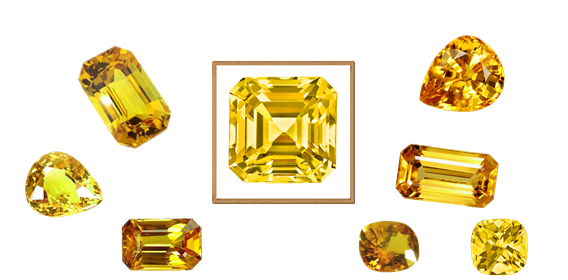
At present, Thai yellow sapphires of Bang Kacha are still available but the quantity has much depleted, as most of the mines have been closed in recent years. Only a few mines still operate, so if you plan to acquire some Thai yellow sapphires into your possession, do not hesitate before it is too late and the world’s most beautiful yellow sapphire of Bang Kacha remains only a legend.
Siriwat Jiamanusorn (FGA)
คลีนิกอัญมณี
"คลีนิกอัญมณี" เป็นคอลั่มน์รวมบทความต่างๆทางอัญมณีศาตร์ ทั้งที่เกี่ยวกับแวดวงการค้าอัญมณี และในเชิงวิชาการของการตรวจวิเคราะห์พลอยประเภทต่างๆในห้องแลบ ยังรวมไปถึงเรื่องราวอัญมณีที่อยู่ในกระแสความสนใจซึ่งอาจมาจากคำถามที่พบบ่อยเป็นต้น บทความที่ผมเขียนขึ้นจะถูกรวบรวมไว้ในที่นี้ ท่านสามารถติดตามบทความใหม่ของเราที่จะนำเสนอเป็นระยะๆ รวมถึ่งการอ่านเรื่องย้อนหลังได่อีกด้วย
วัฒน์
(หมอพลอย)
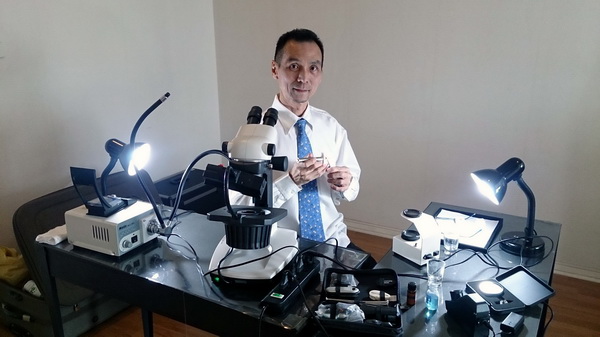

SEARCH
Categories
MEMBER
- ระดับ{{userdata.dropship_level_name}}
- ไปหน้าหลักตัวแทน
- ทั้งหมด {{(order_nums && order_nums.all)?'('+order_nums.all+')':''}}
- รอการชำระเงิน {{(order_nums && order_nums.wait_payment)?'('+order_nums.wait_payment+')':''}}
- รอตรวจสอบยอดเงิน {{(order_nums && order_nums.wait_payment_verify)?'('+order_nums.wait_payment_verify+')':''}}
- รอจัดส่งสินค้า {{(order_nums && order_nums.wait_send)?'('+order_nums.wait_send+')':''}}
- รอยืนยันได้รับสินค้า {{(order_nums && (order_nums.wait_receive || order_nums.wait_confirm))?'('+(order_nums.wait_receive+order_nums.wait_confirm)+')':''}}
- รอตรวจสอบข้อร้องเรียน {{(order_nums && order_nums.dispute)?'('+order_nums.dispute+')':''}}
- เรียบร้อยแล้ว {{(order_nums && order_nums.completed)?'('+order_nums.completed+')':''}}
- ทั้งหมด {{(order_nums && order_nums.all)?'('+order_nums.all+')':''}}
- รอการชำระเงิน {{(order_nums && order_nums.wait_payment)?'('+order_nums.wait_payment+')':''}}
- รอตรวจสอบยอดเงิน{{(order_nums && order_nums.wait_payment_verify)?'('+order_nums.wait_payment_verify+')':''}}
- รอจัดส่งสินค้า {{(order_nums && order_nums.wait_send)?'('+order_nums.wait_send+')':''}}
- ส่งสินค้าเรียบร้อยแล้ว {{(order_nums && order_nums.sent)?'('+order_nums.sent+')':''}}
STATISTICS
| หน้าที่เข้าชม | 370,545 ครั้ง |
| ผู้ชมทั้งหมด | 273,296 ครั้ง |
| เปิดร้าน | 17 ก.พ. 2559 |
| ร้านค้าอัพเดท | 20 ส.ค. 2568 |
CONTACT US
LINK
ติดต่อสอบถาม
 โทรศัพท์: 081-8102763
โทรศัพท์: 081-8102763
![]() LINE ID: siriwat28
LINE ID: siriwat28
 siriwat.jiamanusorn@gmail
siriwat.jiamanusorn@gmail
 Fanpage: @jwlab.gem
Fanpage: @jwlab.gem

TRACK&TRACE

TOP เลื่อนขึ้นบนสุด




